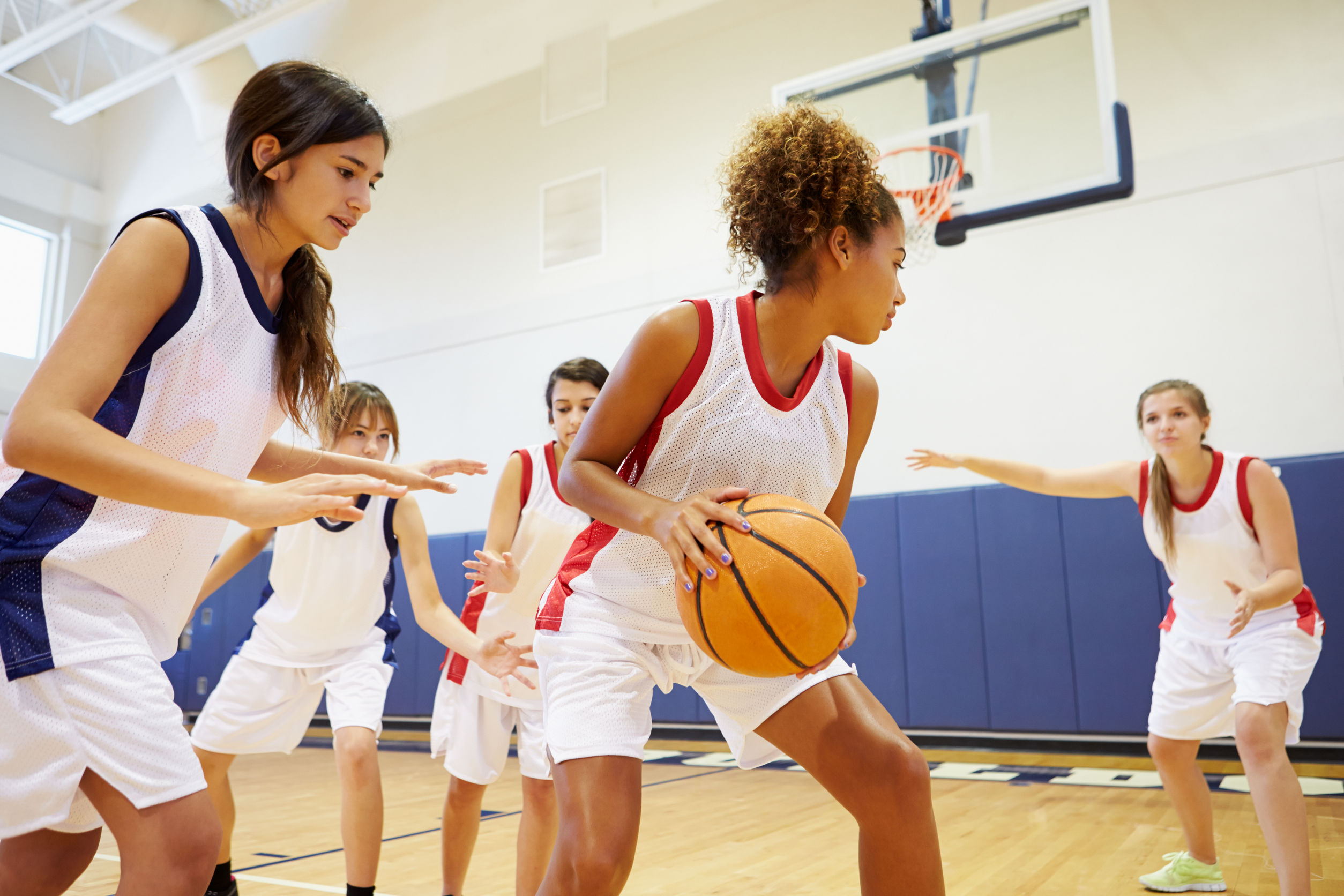The beginning of a new school year is an exciting time for students, their families, and the teachers and administrators who have spent the summer months in preparation for the coming semesters. Students are exposed to new classes and teachers. Teachers get the opportunity to help educate a fresh wave of young people. And high school sports, the most common extracurricular activity, start anew. While all of this is certainly cause for celebration, those in the health industry must be prepared for the return of high school sports injuries as well. USA Today reports that in 2012 more than 1.35 million children were seen for a sports related injury in an emergency room. Although injuries are more common among some sports than others, there are also some injuries that are especially common for young athletes. With the beginning of new seasons, below are some of the high school sports injuries that you should be prepared to see.
Most Common High School Sports Injuries

Strain or Sprain
By far the most common injuries for high school athletes are strains and sprains of some kind. While these two injuries are similar, it is important to understand their subtle distinction. According to the Mayo Clinic, a sprain involves the stretching or tearing of a ligament while a strain involves the stretching or tearing of a muscle or tendon. Overall, both injuries often require similar treatment. For those strains and sprains which are not severe, recovery is sometimes possible from a combination of rest, ice, compression, and elevation. This said, it is also possible for these injuries to be more serious, sometimes requiring further medical treatment that can include surgery. Over 450,000 student athletes went to an emergency room for a sprain or strain in 2012.
Fracture
Although less common than strains and sprains, nearly 250,000 kids were seen for high school sports related injuries that involved a fracture in 2012. A fracture is quite literally any break in a bone. This said, there are several types of fractures including stable, oblique, comminuted. Given the variety of possibilities in where and how bones can fracture, recovery time and treatment needs can vary greatly. However, recovery time usually takes between several weeks to several months depending on the severity of the injury. For student athletes, the most common causes of fractures are trauma and overuse. These injuries appear most often in contact sports like football.
Contusion
Typically bruises prove to be a mere annoyance rather than a serious injury but can occasionally prove more severe. Bone or muscle contusions can keep athletes on the sideline for a significant amount of time when they occur. This was generally unwelcome news for more than 200,000 high school athletes who suffered from these high school sports injuries in 2012. However, rest, ice, and elevation can help to expedite the healing process and allow athletes to return to play sooner.
Concussion
Although they are often associated with contact sports like football, which is not necessarily unwarranted, concussions can affect athletes from any sport. The Mayo Clinic defines a concussion as, “a traumatic brain injury that affects your brain function.” Clearly, any brain injury is not to be taken lightly especially among young people whose brains are still in the process of developing. Typically caused by a blow to the head, concussions require rest for recovery though most do recover fully. In 2012, more than 163,000 students were seen in an emergency room for concussions. With this in mind, it is also possible for someone not to realize that they have a concussion. This is certainly one of the high school sports injuries that require the most vigilance among coaches, teammates, and especially medical professionals.
Well over 200,000 other cases involving youth sports injuries were also seen in emergency rooms. With so many students participating in sports and subsequently suffering from serious injuries, it is crucial that everyone in a position to protect high school athletes does so. As a healthcare professional, it may be difficult to prevent injuries. However, it is possible to minimize the effects of injuries through high-quality care. As the new school year gets started, keep in mind the causes and symptoms of the most common high school sports injuries. Chances are high that you might see one of these cases. From the fall through the spring, student athletes are at risk of the most common high school sports injuries.
